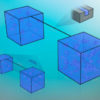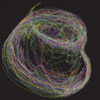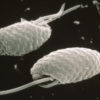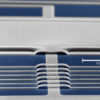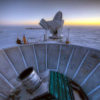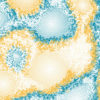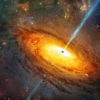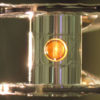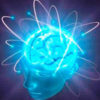Back in 2010, researchers found that superfluid helium reservoirs stored in separate containers could behave collectively. Now, a new theoretical model reveals that the phenomenon of mysterious “action at a distance” between fluid reservoirs is much more common than previously thought. The original discovery, made by a team from the University at Buffalo and the […]
